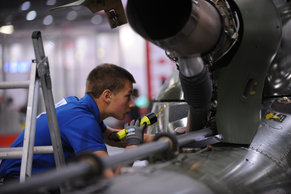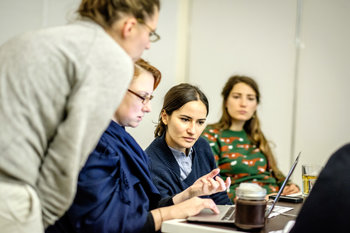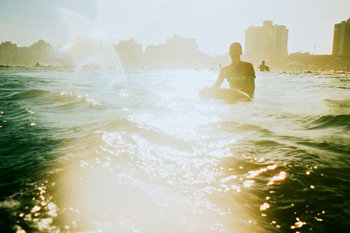
The Difference
Availability is a simple measure of the percentage of time that a service, product, infrastructure component, machine, device or resource remains operational under normal conditions. An aircraft that can be flown for many hours a month without much downtime can be said to have a high operational availability.Reliability is availability over time considering the full range of possible real world conditions that can occur. An aircraft that can make it through any possible weather safely is more reliable than one that has vulnerabilities to possible conditions.Example
A hospital patient records system has 99.99% availability for the first two years after its launch. The system was launched without information security testing. The hospital is happy with the system but they don't realize that it isn't very reliable as it is vulnerable to likely risks. In the third year, the system experiences a series of information security incidents that suddenly result in extremely low availability for extended periods of time. This results in reputational and financial damage to the hospital and threatens the quality of patient care.| Availability vs Reliability | ||
Availability | Reliability | |
Definition | The percentage of time that something operates normally over a period of time. | Long term operational performance in real world conditions. |





























